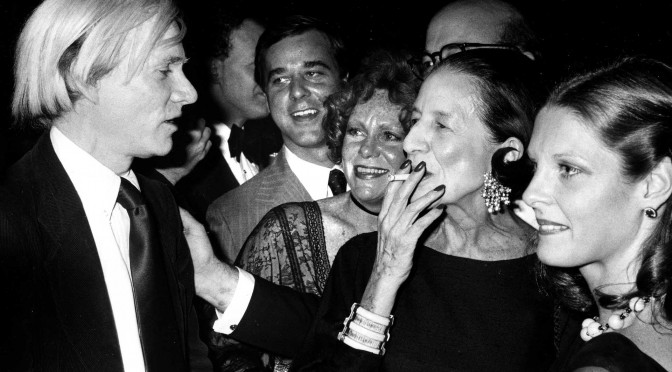If diamonds are a girl’s best friend, then the legendary House of Cartier is the matchmaker that just keeps on giving.
One of the long-held rubrics of jewellery, and indeed watches, is that it needs to be worn. Only when freed from the safe and on the body do these works truly come to life, infused with the spirit of both wearer and maker. Such an inspired awakening is something the House of cheap replica Cartier knows intimately well: its creations have been worn by some of the most rakish, era-defining women of their day: take for example Wallis Simpson who, after King Edward VIII abdicated his throne to wed her, became Time Magazine’s first female “Man” of the Year in 1936. Such über-modern muses – feminine, fiercely independent but also mysterious – have inspired Cartier’s boldest pieces, both past and into the present.
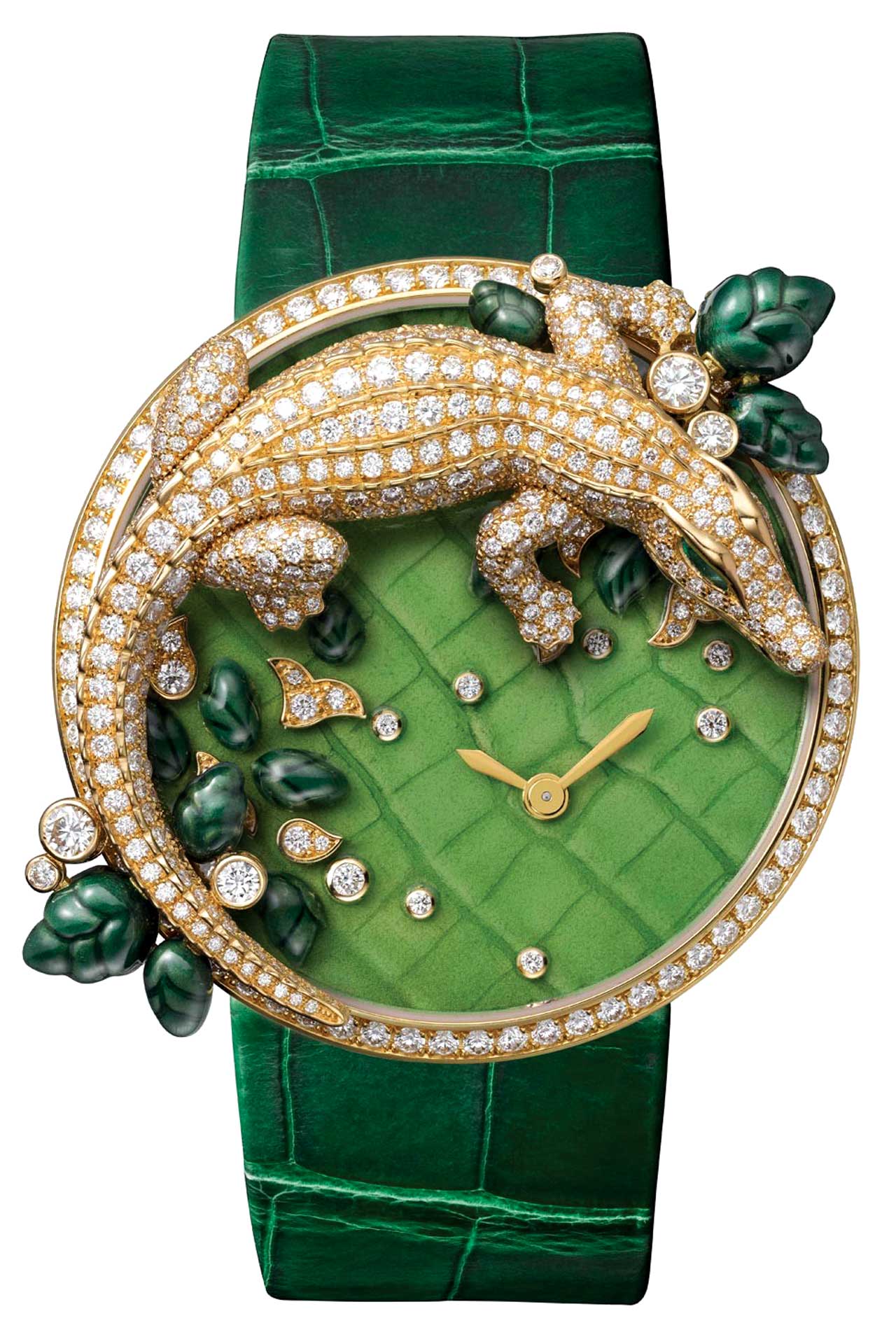
From the beginning, Cartier has been there to supply the glamour girls of their time. Among its earliest patrons was Napoleon I’s niece Princess Mathilde – hostess extraordinaire and dubbed “Notre Dame des Arts” – who followed her first order in 1856 with some 200 more. By the turn of the century, fake Cartier had a royal roster the envy of any court purveyor. The sovereigns of Spain and Portugal granted it warrants in 1904, followed by Russia, Siam and Greece; the list goes on as do the names: Elisabeth of Belgium, Queen Elizabeth II, even the American Vanderbilts commissioned many hair ornaments. Unsurprisingly, tiaras were Cartier’s crowning forte then – a symbol of power and marriage that it still pays homage to today: In 2014, it created a fantastic watch-brooch-tiara for its Les Heures Fabuleuses line of secret watches.
But it was the glamorous inter-war years when Cartier – together with key women – would really come into its own. Sweeping social change saw the rise of a new aristocracy that was centred around a coterie of socialites, celebrities and film stars. Taste and elegance alone didn’t grant one entry into their club; one needed bold self-expression and non-conformism, too. As before, those inhabiting this influential “café society” set were enthusiastic Cartier patrons, but unlike in the past, the maison – with its eye for style and innovation was now an active participant.
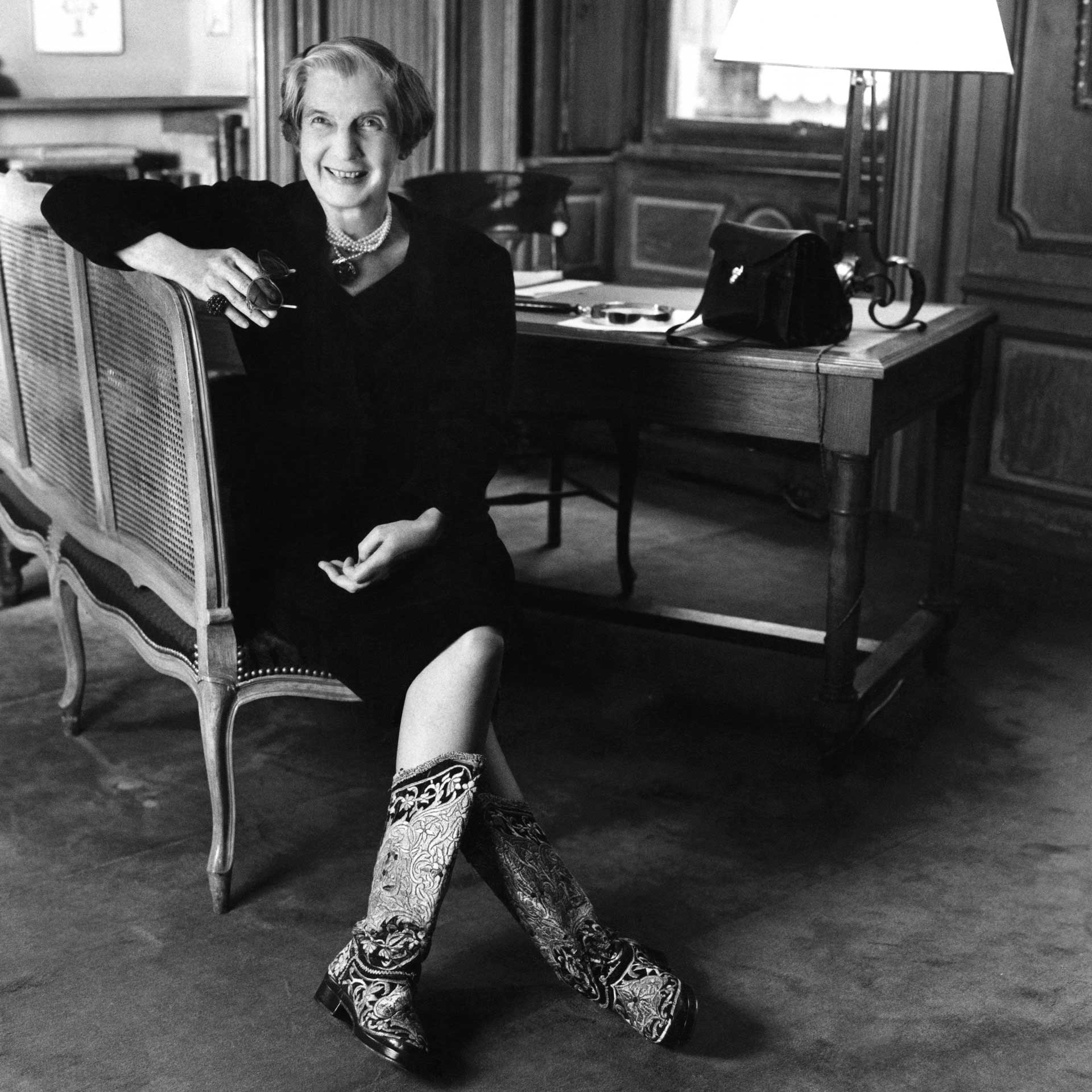
One can just picture the alluring Jeanne Toussaint, Cartier’s head of fine jewellery from 1933 and who years before had already been nicknamed “La Panthère”, dining out alongside her aspirational, demanding clientele – women such as Woolworth heiress and so-called “poor little rich girl” Barbara Hutton or the powerful fashion editor Diana Vreeland – as they sparred over fashion and art, ultimately bringing Toussaint’s visions to life.
True colours
Another insider was Daisy Fellowes, society beauty and Harper’s Bazaar editor-in-chief who, in 1936, commissioned one of the most remarkable gems in Cartier’s history. The Hindu necklace echoed both Fellowes and Cartier’s spirit of adventure, with a starburst of colour from 13 briolette-cut sapphires, emeralds, engraved cabochon rubies and sapphire and emerald beads. Later baptised Tutti Frutti, its form was the kaleidoscopic apogee of a motif the maison had also experimented with in watches – such as a 1930 platinum wristwatch with its bezel and lugs set in baguette-cut diamonds and paired with a multi-coloured gem-encrusted bracelet.
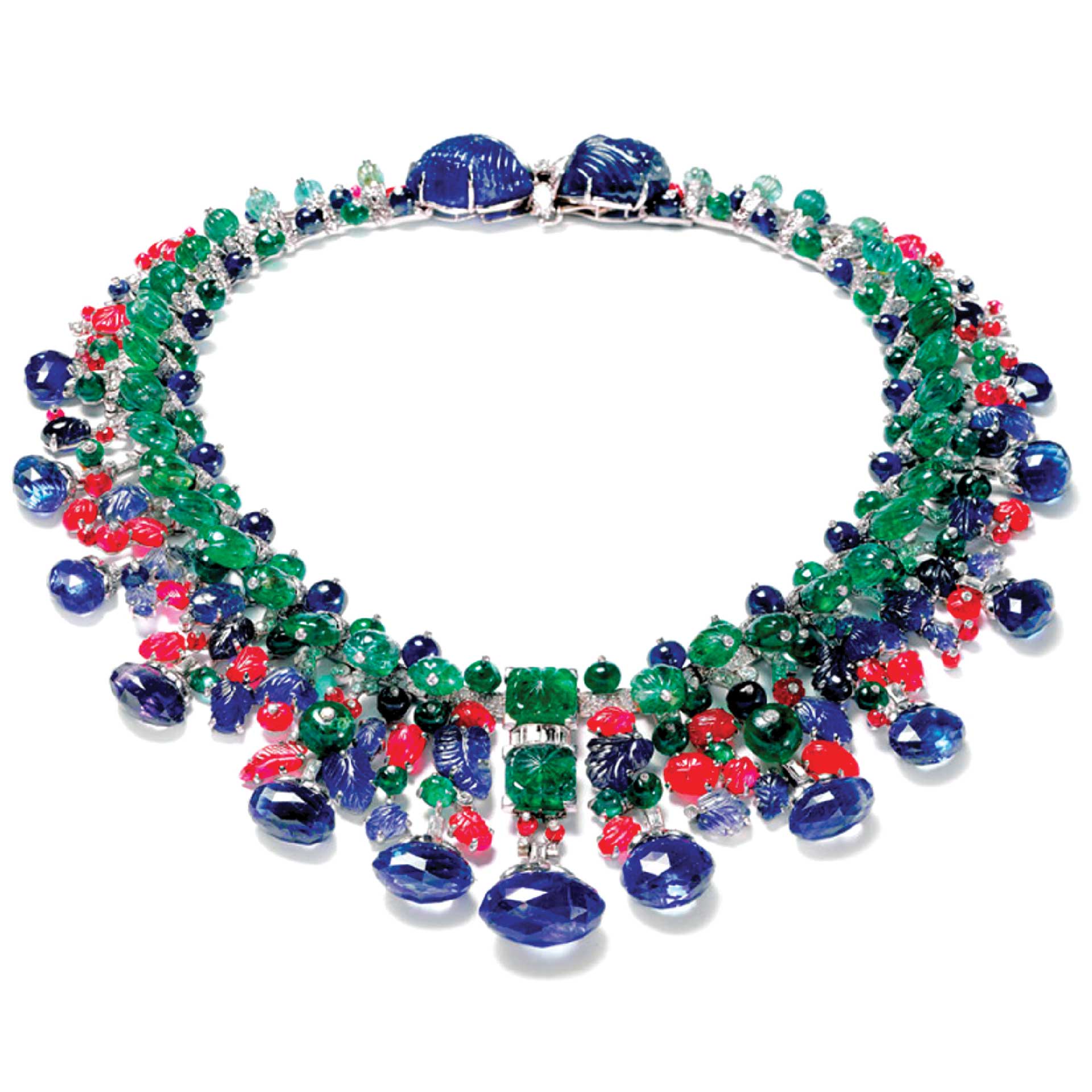
And the Tutti Frutti theme continues to grace its high jewellery timepiece collections today, such as the magnificent one-off Agrafe visible hour, with a manual-winding calibre 101 and barely there dial tucked below a splendid engraved 41.2ct emerald; or the ultra-chic Toi & Moi visible hour, manual-winding bracelet watch, its elegant dial paired head-on with a sumptuous hexagonal-shaped, engraved 22.87ct ruby.
Fellowes was frequently found at the lavish parties held at Villa Trianon, the Versailles home of American interior designer Elsie de Wolfe, which she had decked out in leopard velvets and zebra skins. A passionate copy Cartier patron who aged 70 the Parisian couturiers named the world’s best-dressed woman, the eccentric de Wolfe famously pinned Cartier’s baguette-cut diamond Temple d’Amour brooches to her hat. The look inspired a line of slender baguette watches, which hold pride of place in Cartier’s archives, such as a braided leather strap number with platinum loops that was given by Count Marzotto to the pioneering Italian aviator Italo Balbo.
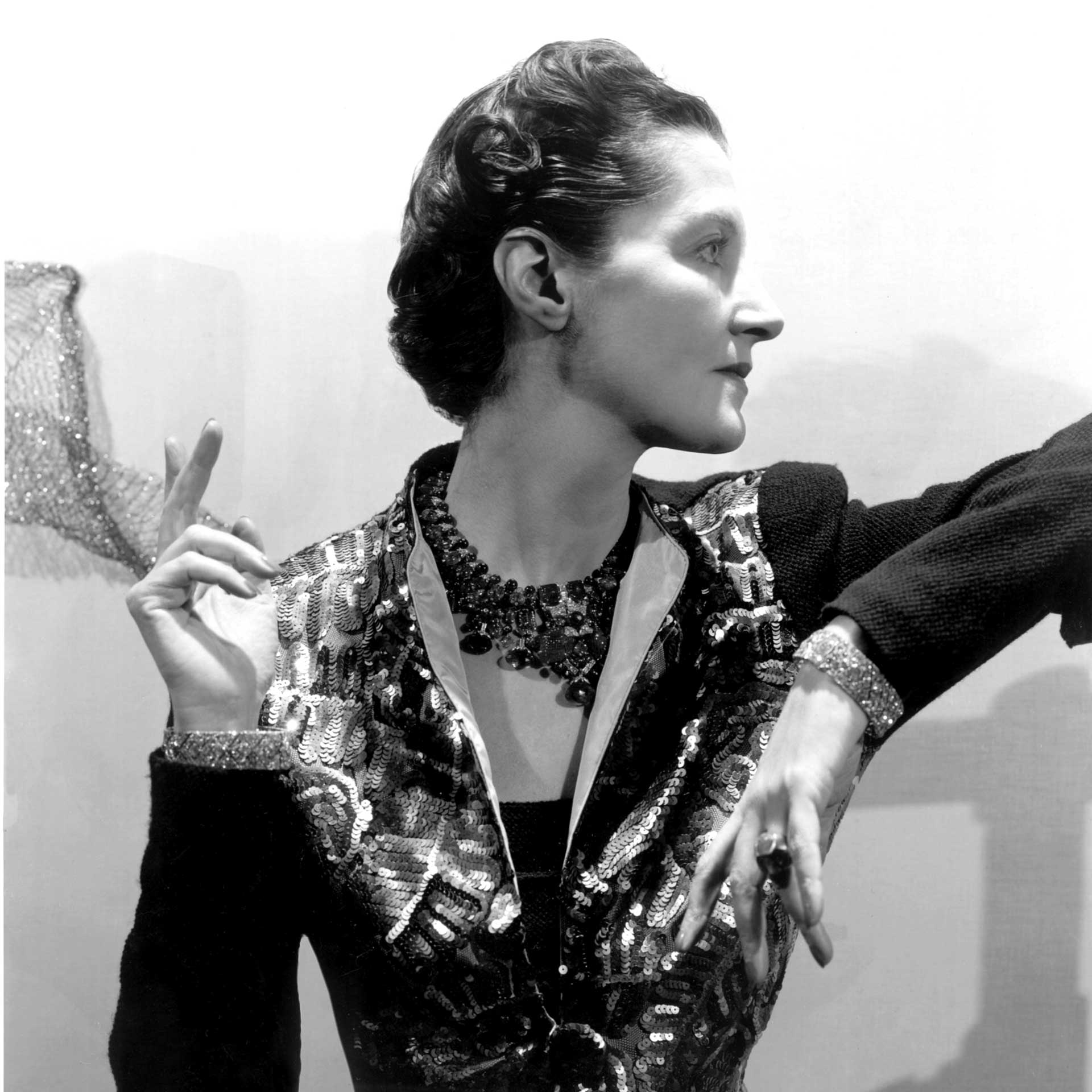
Also cavorting at de Wolfe’s soirees was the fabulously rich Barbara Hutton, who alongside a penchant for draping herself in Cartier gems – the standout ones of which featured historic stones including the Grand Duchess Maria Pavlovna’s emeralds – was also a fan of its Tank watch. She regularly spoiled not only herself with the legendary rectangular-shaped watch, but loved ones too – no doubt some if not all of whom were her seven husbands, Cary Grant among them.
Animal magic
The sleek Tank debuted in 1917, with hints of the chic industrial design that Cartier was also simultaneously exploring. Boldly geometric, they caught the eye of the androgynous and sexually liberated Marlene Dietrich; the smoky voiced actress and singer was fond of wearing a striking red-gold watch with a concealed, sliding square-dialled lid that also doubled as a clip.
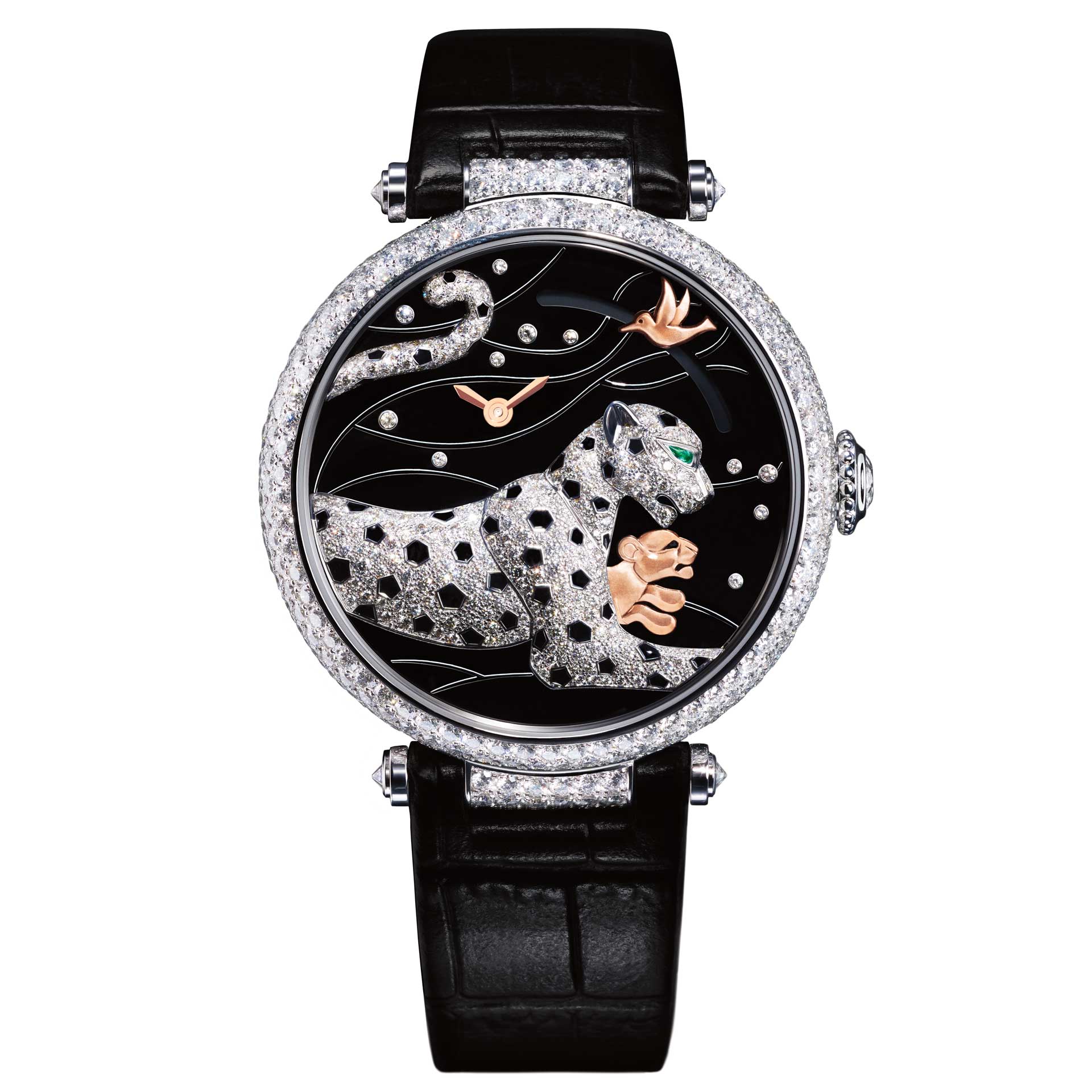
As the Second World War came to a close, it was figurative animals that roared into the zeitgeist. If the panther was already synonymous with the brand – as early as 1919 Cartier had introduced a cocktail watch featuring the feline’s piebald motif – it was Wallis Simpson who came to be officially linked with the untamed cat. In 1948 and 1949, Toussaint penned several brooches for the Duchess of Windsor, the most bodacious of which featured a sapphire-spotted feline resting on a 152.35ct Kashmir sapphire cabochon. Nearly seven decades on and the symbol is still interpreted year on year; 2016’s most notable piece was the narrative-like Panthères et Colibri, featuring an on-demand power reserve and specially produced calibre 9915MC that powers a cub dashing from her mother’s embrace to chase a hummingbird on the dial.
But it is flamboyant Mexican actress María Félix who can lay claim for the wildest of orders. Legend has it that she entered Cartier’s Rue de la Paix boutique with two pet baby crocodiles that she asked to be replicated for a gem – the result of which was the fully articulated, entwined double crocodile necklace set with more than 2,000 yellow diamonds and emeralds. Excess was a lifestyle for “La Doña”, as she was known following her third film Doña Bárbara, and Cartier paid homage to her audacity with the trapezoid-shaped La Dona de Cartier.
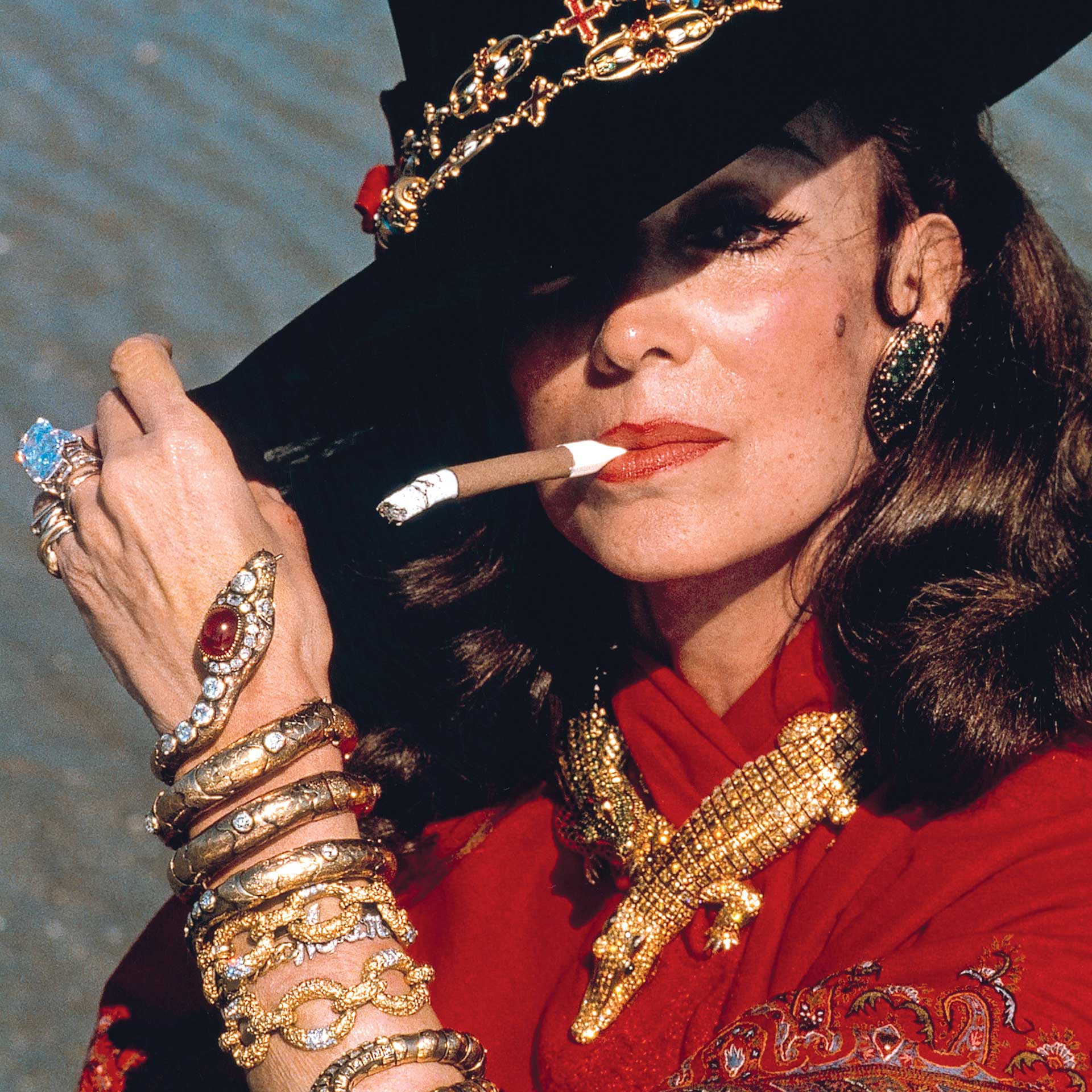
Also to her name is a fabulous 1968 snake necklace with nearly 2,500 diamonds, complete with a green, red and black enamel underbelly. And the snake is another theme that always throws up surprises. Cartier’s Hypnose watch collection, for example, is a poetic take on the spiralling vortex of time, while this year’s vibrant Serpent d’eau Mystérieux high-jewellery watch was more straightforward but no less seductive: the snake, fashioned from faceted aquamarines and chrysoprases, slithered round a transparent, mystery dial.
Think Tank
Couples and their love story are also entwined in Cartier’s own tale, and who can beat Elizabeth Taylor and Richard Burton? Two marriages and nine films, they even had their own gem: the 69.42ct Cartier-Burton-Taylor solitaire diamond that came with a five-bodyguard entourage when Taylor wore it in 1969 to Princess Grace’s 40th birthday bash in Monte Carlo. The creation was just one of many eye-watering gifts exchanged between the tempestuous couple, which also included several Tank watches for Burton.
And speaking of the Tank: if the bedazzling women of the art deco period embraced sexual liberation and unconventionality, the 1970s, too, had a similar air of freedom – though of a more insouciant, casual-chic kind. No wonder that the Tank watch – fusing modern and classic, formal yet off-the-cuff, male and female – appealed to the leading ladies of the decade.
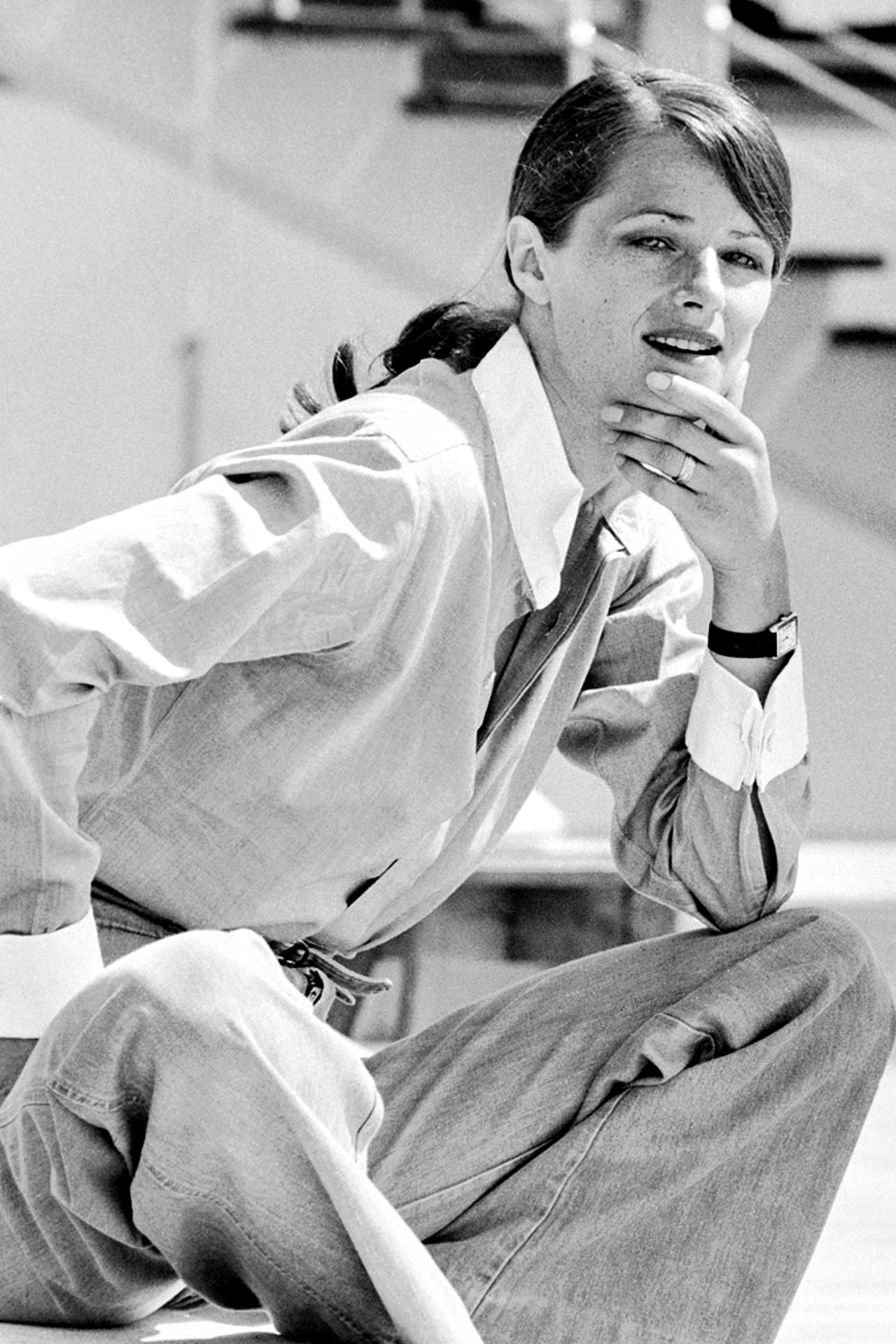
Charlotte Rampling sported hers at the Cannes Film Festival paired with loose-fitting jeans – that other 1970s fashion icon and gender equaliser (blue jeans previously being the domain of men). Meanwhile, over on the American Riviera, the Hamptons habitué Jacqueline Kennedy Onassis faithfully wore a satin-finish, yellow gold version (JFK, as it happens, was also a Tank fan). And in 1977, another Jacqueline (Bisset) was photographed in Studio 54 donning a Tank Allongée as her chief, if not only, accessory. Pictured in the throes of a dance-off with her white-suited partner – Franco-American nightclub owner Victor Drai. Bisset falls within that league of a modern replica Cartier cheap muse who, like the many women before her and those to come, always steals the show.
